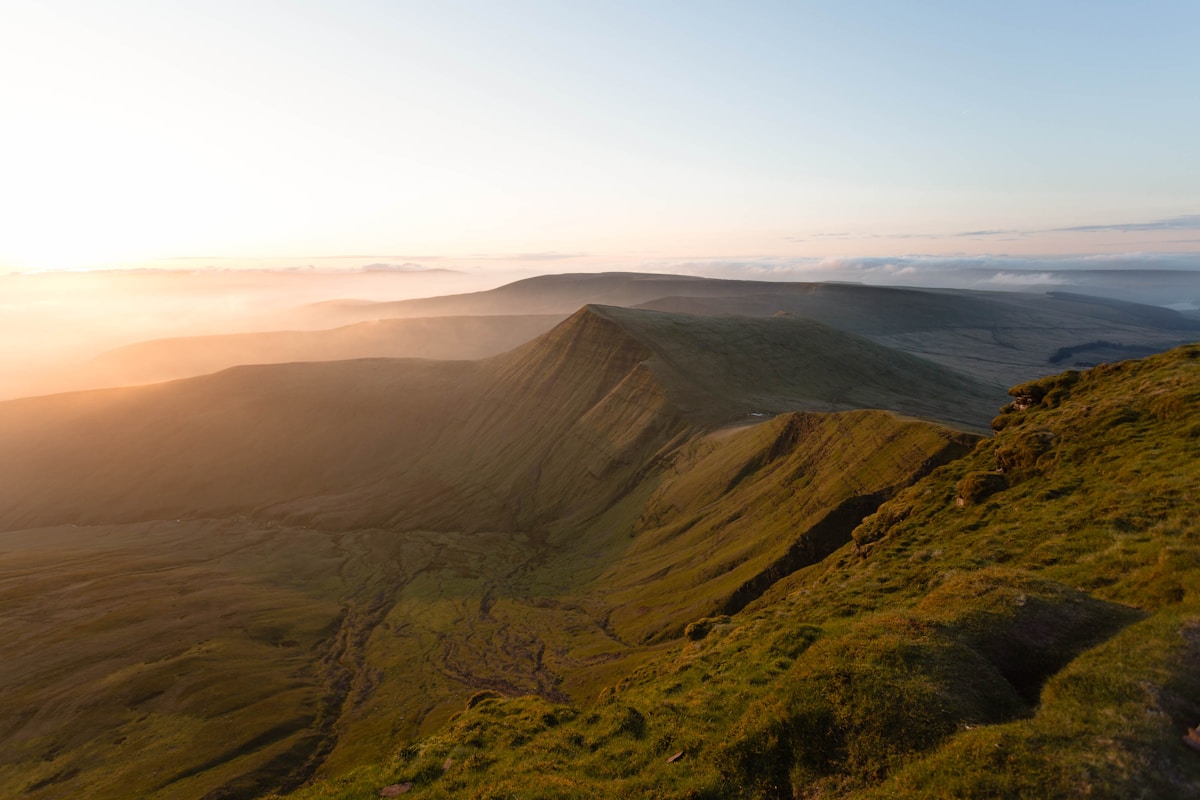This year sees the 75th anniversary of the National Parks and Access to the Countryside Act. These iconic landscapes contain a vast array of precious habitats and wildlife, and should, in theory, be the most highly protected and healthy parts of our natural environment. But Campaign for National Parks’ health check, carried out across Wales and England, has discovered that nature is struggling for survival across a range of issues, including habitats, species, water quality and wildlife crime.
- Only 19% of lakes in Wales’ three national Parks achieved good overall status in 2021 and only 44% of the rivers1
- Less than a quarter, 23% of Sites of Specific Scientific Interest (SSSIs) in National Parks in Wales are in a favourable state for nature
- In 2022 the amount of sewage released from storm overflows within the boundaries of National Parks in England and Wales totalled 7,367 days. The National Parks most badly affected (according to hours of spills) are Dartmoor, Eryri, Lake District, South Downs and the Yorkshire Dales.
- Wales’ three National Parks have the potential to hold 29,431,000 tonnes of carbon content, the equivalent of three times Wales’ total CO2 annual emissions.2 But in 2019 the Welsh Government estimated that over 70% of Welsh peatlands were degraded.3
This poor state of nature is due to a lack of resources, a lack of data and a lack of significant powers to make the systemic change needed. That’s why Campaign for National Parks with the support of Cymdeithas Eryri Snowdonia Society, the Friends of the Brecon Beacons National Park and the Friends of the Pembrokeshire Coast National Park are calling for urgent action to halt and reverse these declines so National Parks can properly contribute to the UK’s efforts in tackling the nature and climate crisis.
The report does, however, include a number of very positive case studies of where National Park Authorities are supporting the successful projects which are helping restore habitats within National Parks in Wales. One of these is Ffermwyr yr Wnion in Eryri. This is a group of ten farms within the Afon Wnion catchment. The project aims to collaboratively address local issues of flood risk and water quality as well as looking to bring benefits to biodiversity, pollinators, and air quality, whilst also helping tackle climate change. Numerous pools and ponds have been created across the holdings as well as 7,725m hedgerows helping to prevent soil erosion and stop sediment and organic material from reaching the streams and rivers, thus improving water quality.
Iolo Williams (Naturalist, Wildlife TV Presenter, Writer & Conservationist):
“The National Parks of Wales hold a very special place in my heart. Having lived, worked and filmed amongst them for many years I have lost count of the endless hours spent tracking, admiring and promoting the special qualities and unique species present within them. From the rare Snowdon Lily in Eryri, to the choughs, puffins and stonechat of Pembrokeshire Coast, these treasured landscapes play host to a glorious array of diverse species.
But despite their protected status, nature is still in crisis across our National Parks. One in six species is at risk of disappearing from Wales so we must do everything within our power to protect and enhance wild spaces for wildlife to thrive. Campaign for National Parks have clearly set out a programme for action and we must stand together to get Governments in Westminster and the Senedd to act.”
Ruth Bradshaw (Policy and Research Manager, Campaign for National Parks, and author of the Health Check):
“Our National Parks are special places which are often the last refuge for many species on the brink of extinction, but our Health Check has found that, even in these incredible places, nature is in crisis. The main causes of this crisis are the limited ability to influence what happens on most land in National Parks, particularly where it is privately owned, outdated legislation designed for a very different era, and the fact that the funding available just doesn’t match the national role that National Parks are expected to deliver for nature recovery.
It was far harder than it should have been for us to gather the evidence needed to understand the state of nature in National Parks, something which could be put right very easily, and which should be addressed as a matter of urgency. The scale of the challenges we’ve identified also demands a series of major reforms aimed at transforming the way these areas are run to ensure that there is much greater emphasis on nature recovery in all the decision-making relating to them.”
Megan McCubbin (Zoologist, Wildlife TV Presenter, Conservationist, Photographer and Author):
“Having grown up in the New Forest and enjoyed so many amazing experiences in our National Parks I know how important these unique landscapes are for wildlife, habitats and the people who cherish them. But beneath the picturesque exterior things aren’t looking quite so healthy. The sad truth is that the UK is one of the most nature-depleted countries in the world and National Parks need to be doing even more in the nature recovery fightback.
Working together we can help create National Parks that are nature-rich and climate-resilient, and in doing so offer a brighter future for the planet and all those who call it home. And that’s why Campaign for National Parks’ suggested reforms in this report are so important. There are some clear steps which Government can take to help National Parks thrive, but we must act now.”
Professor Sir John Lawton CBE FRS, Ecologist and author of ‘Making Space or Nature’ report (2010):
“The National Parks of England and Wales have the potential to play a key role in restoring nature, but currently only 6% of their area is managed effectively to these ends. I am therefore delighted to see the bold proposals set out here, to make more space for nature by restoring, re-creating, and joining up habitats for the benefit of people and the creatures that live in these beautiful areas. It won’t be easy. They are working landscapes, home to people and to wildlife, but the report makes clear how it can be done. Its vision fills me with hope.”
The National Parks Nature Health Check can be found here: www.cnp.org.uk/health-check-report
Notes: For media enquiries please contact Gareth Ludkin on 07906888599 or 07719940185 or for Welsh language enquiries, Rory Francis on 07439 322678.
- JNCC Biodiversity Indicators, 2023. UKBI – B7. Surface water status | JNCC – Adviser to Government on Nature Conservation
- Wales’ total greenhouse gas emissions in 2021, in CO2 equivalent, were 36,274,000 tonnes. One tonne of carbon burnt produces 3.66 tonnes of C02. https://statswales.gov.wales/Catalogue/Environment-and-Countryside/Greenhouse-Gas/emissionsofgreenhousegases-by-year
- https://www.gov.wales/sites/default/files/publications/2019-06/low-carbon-delivery-plan_1.pdf



